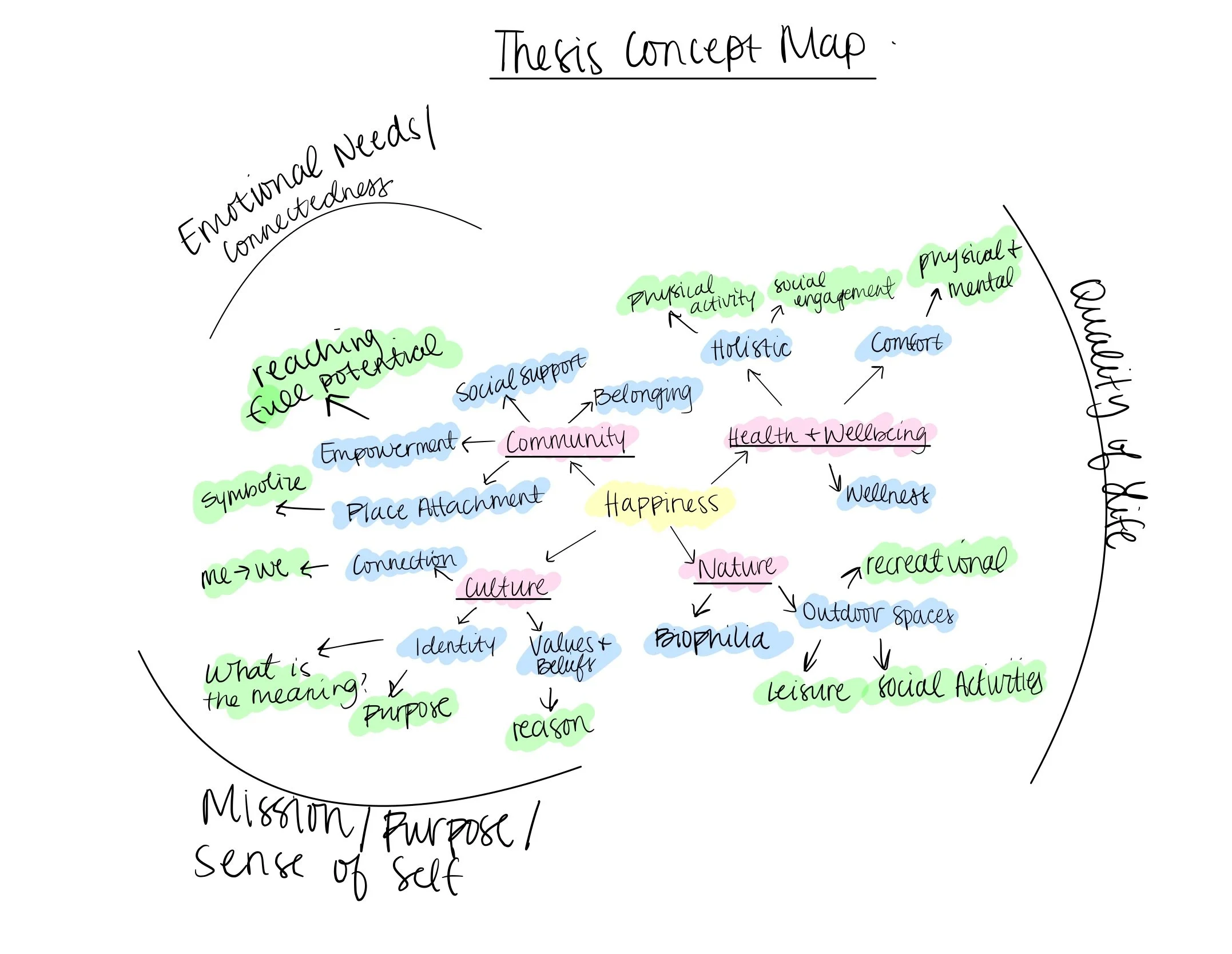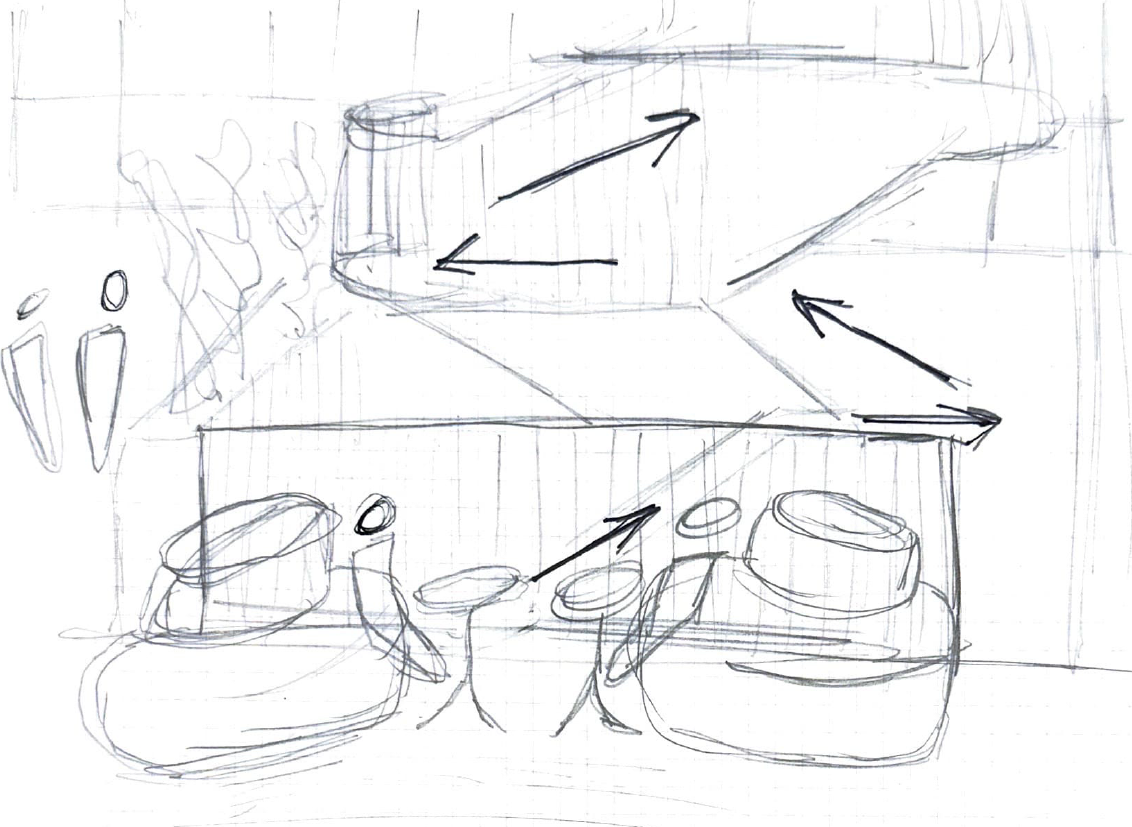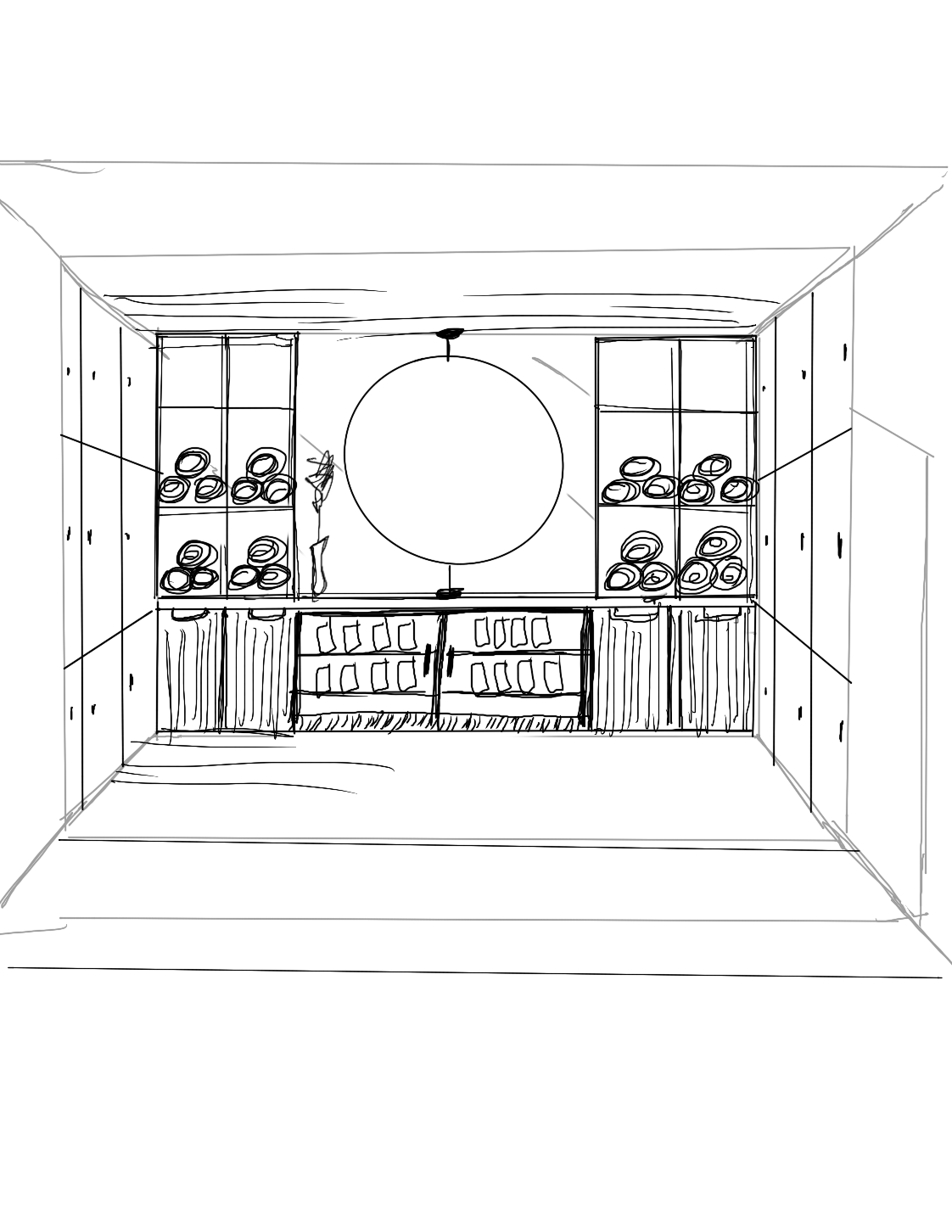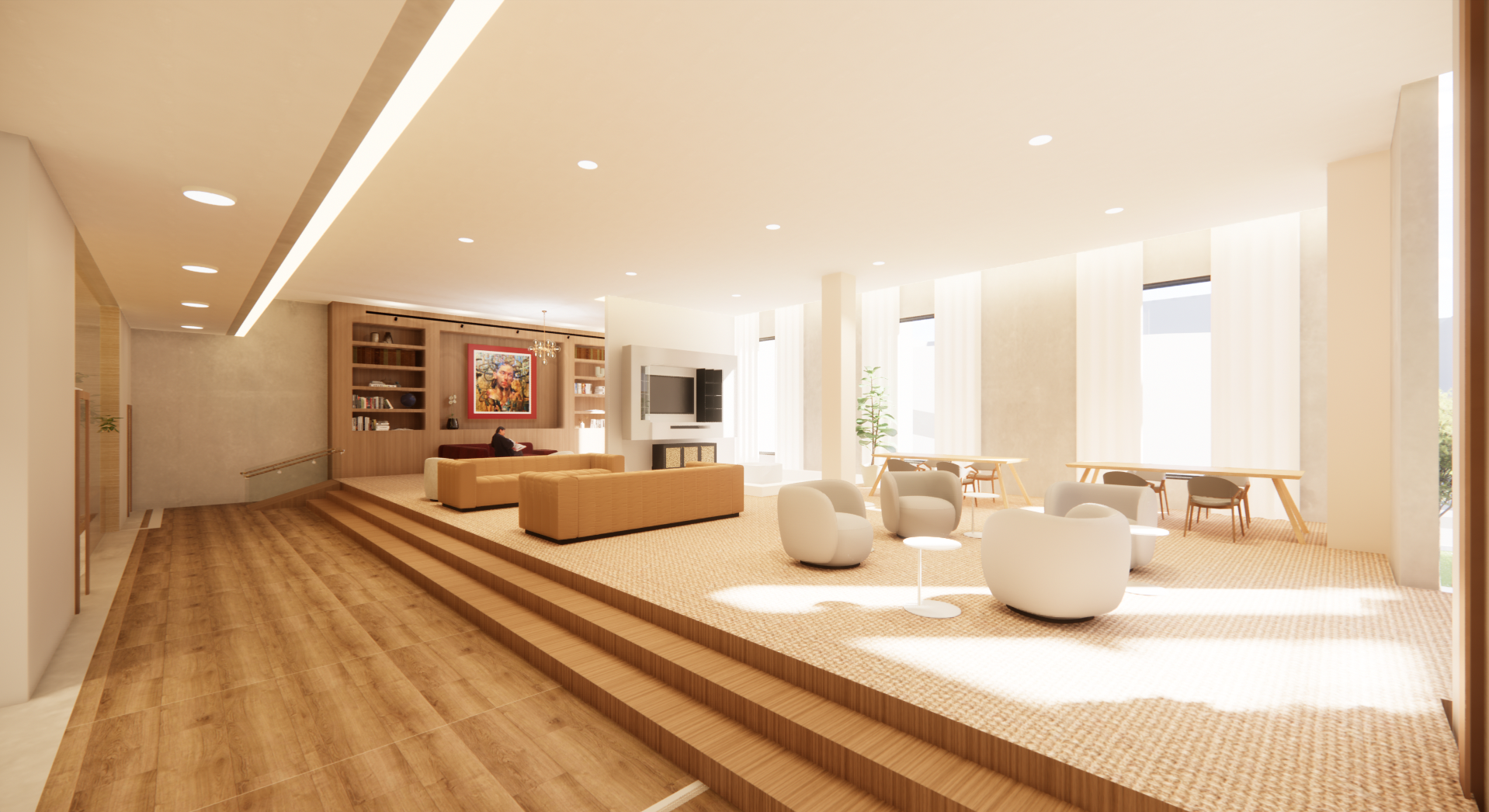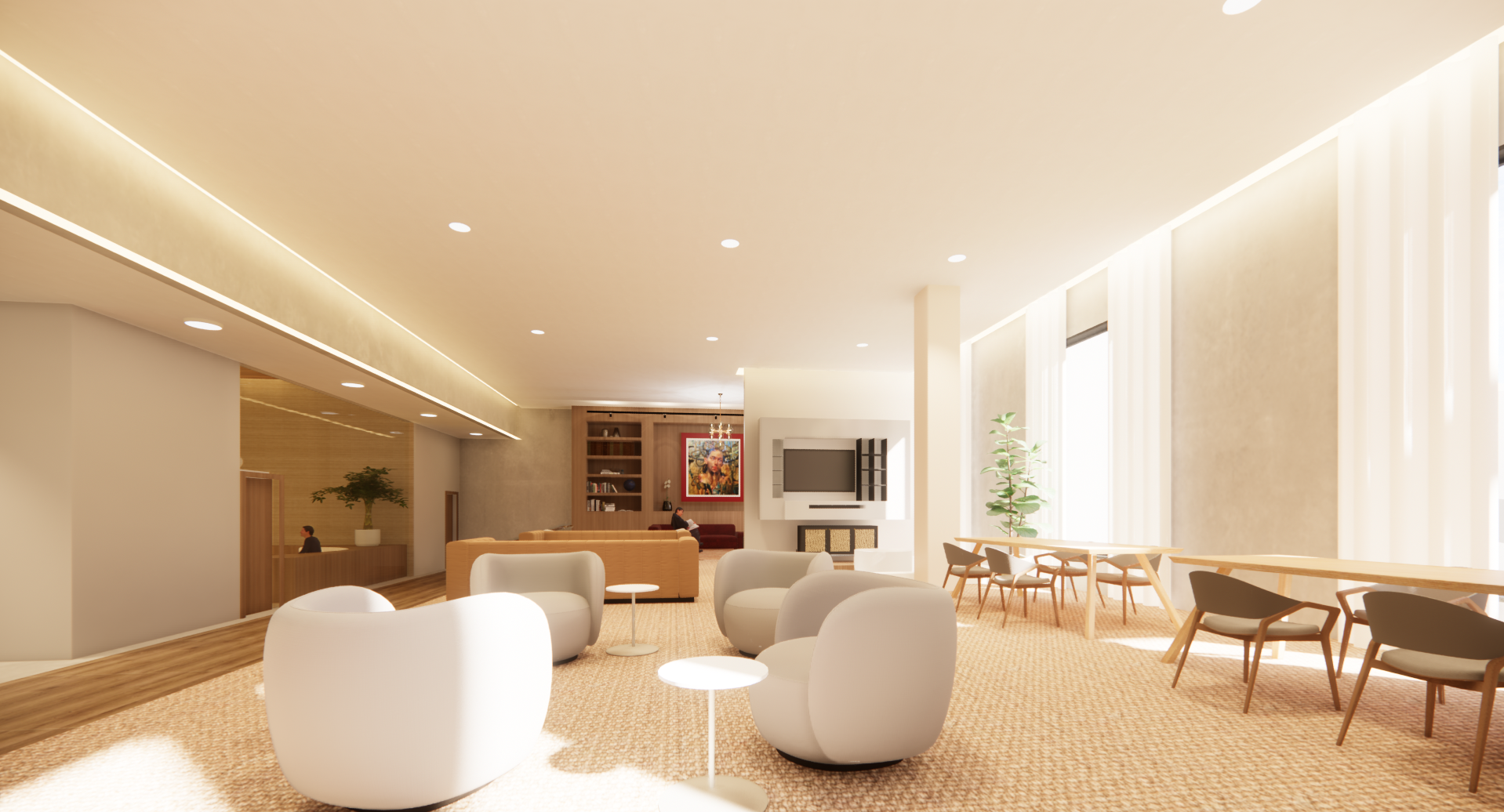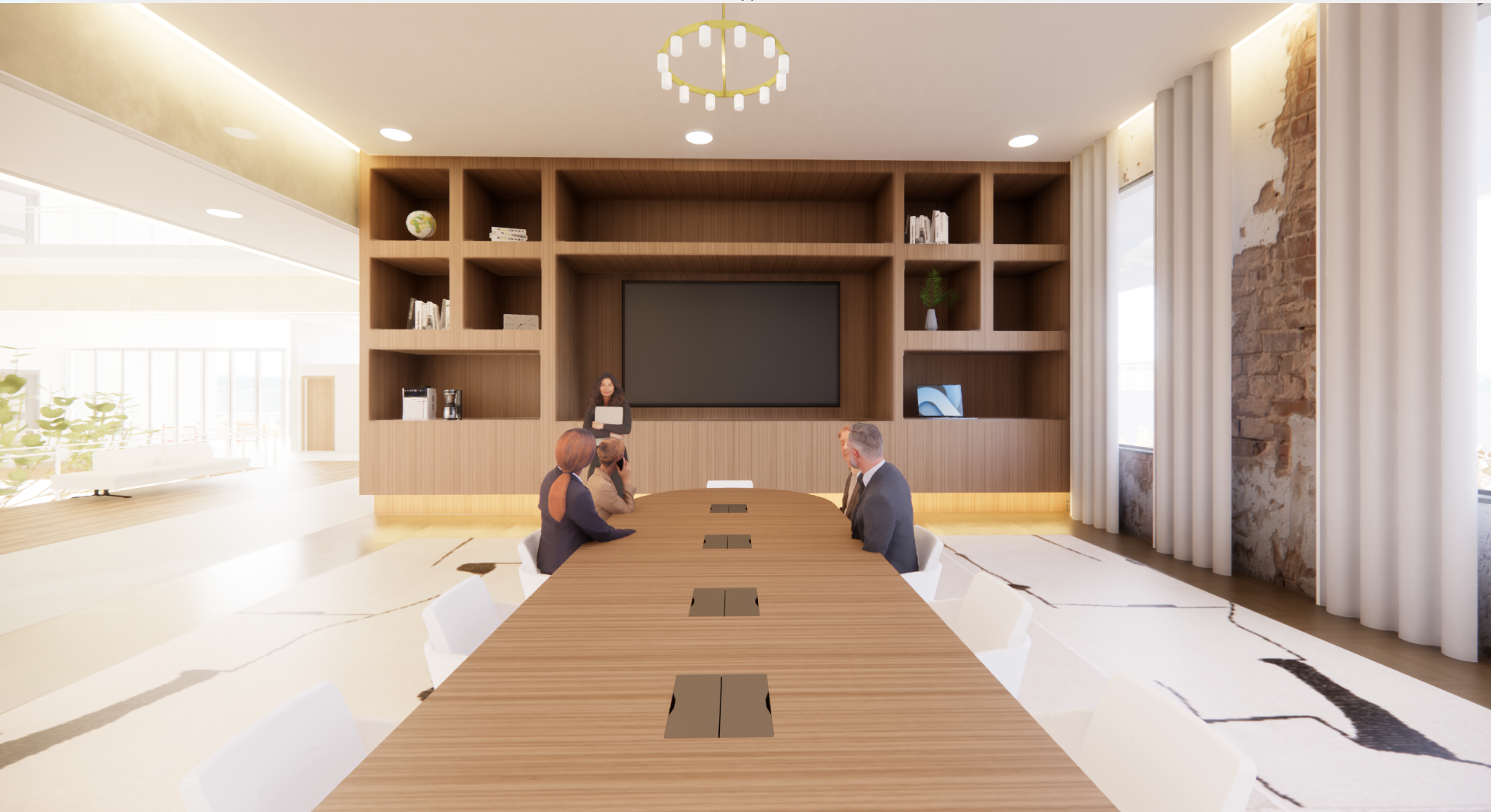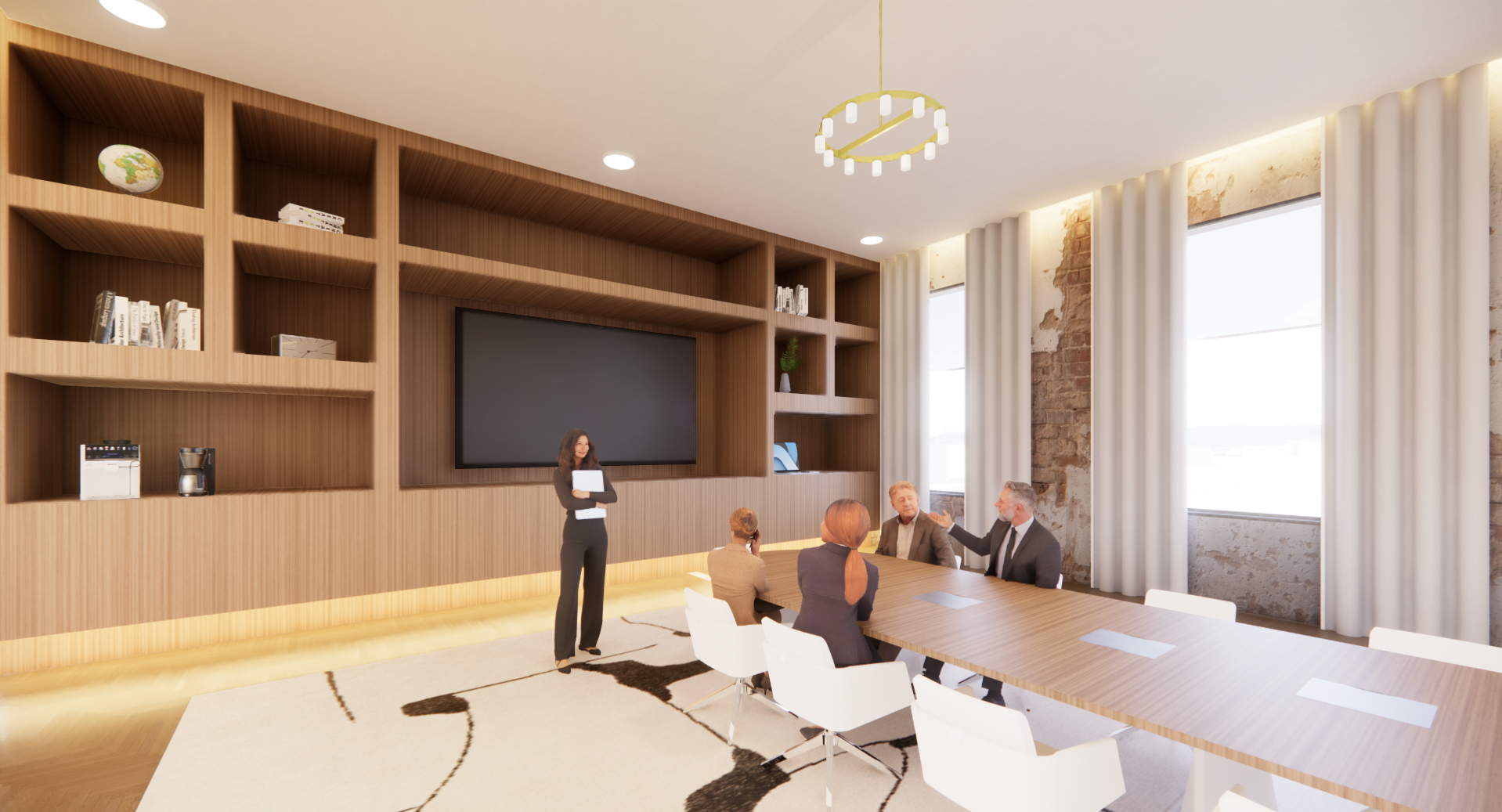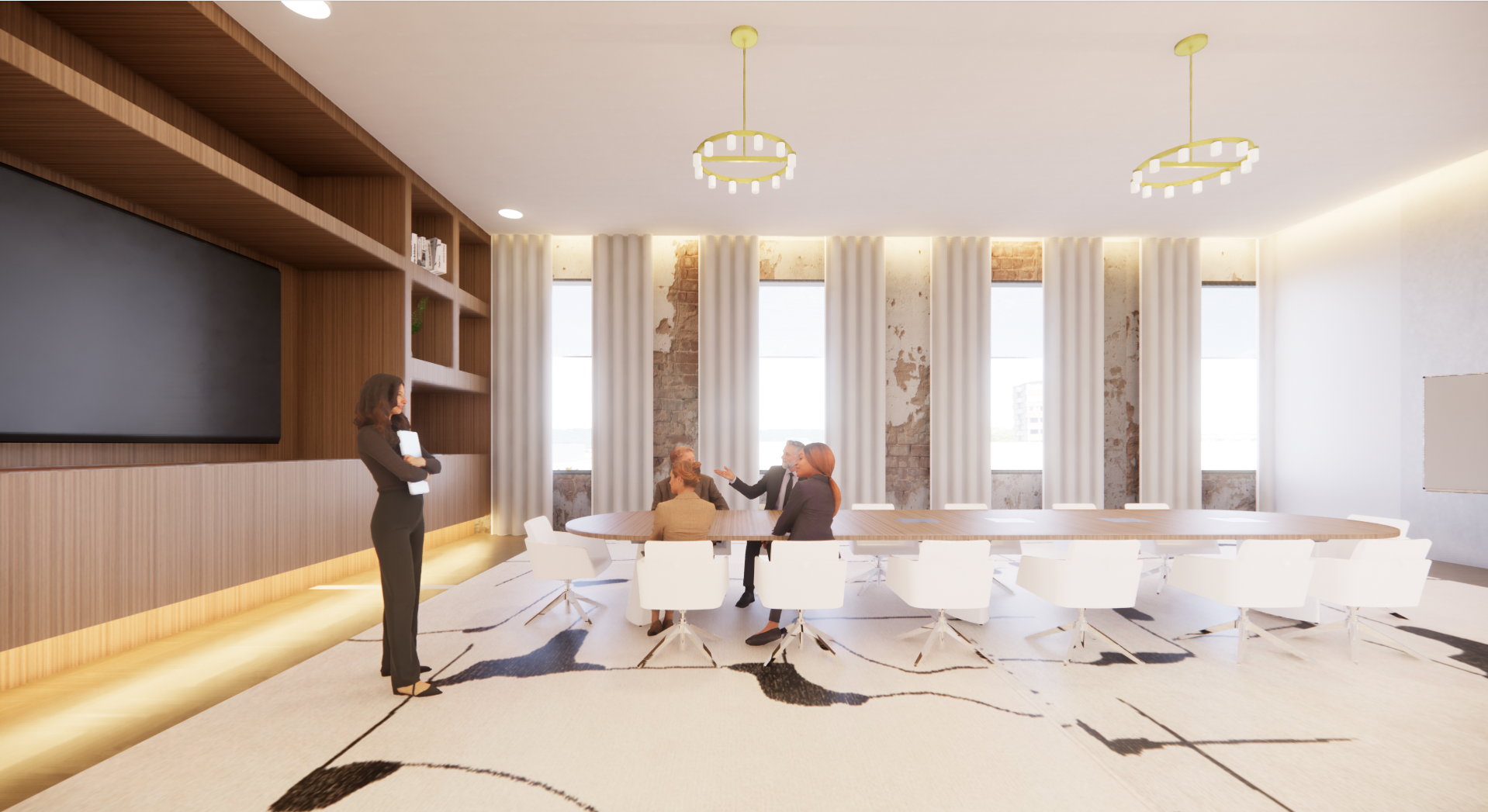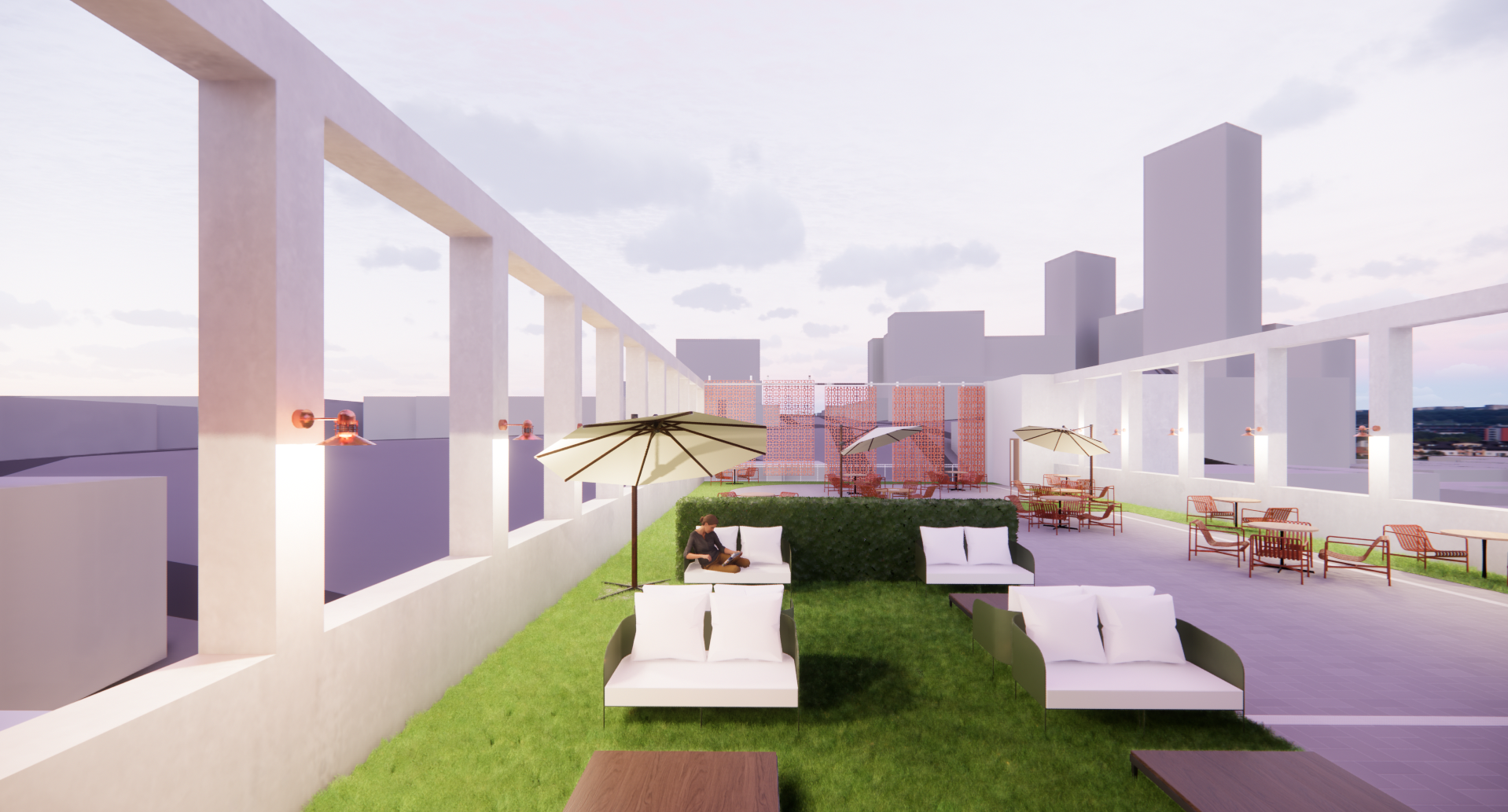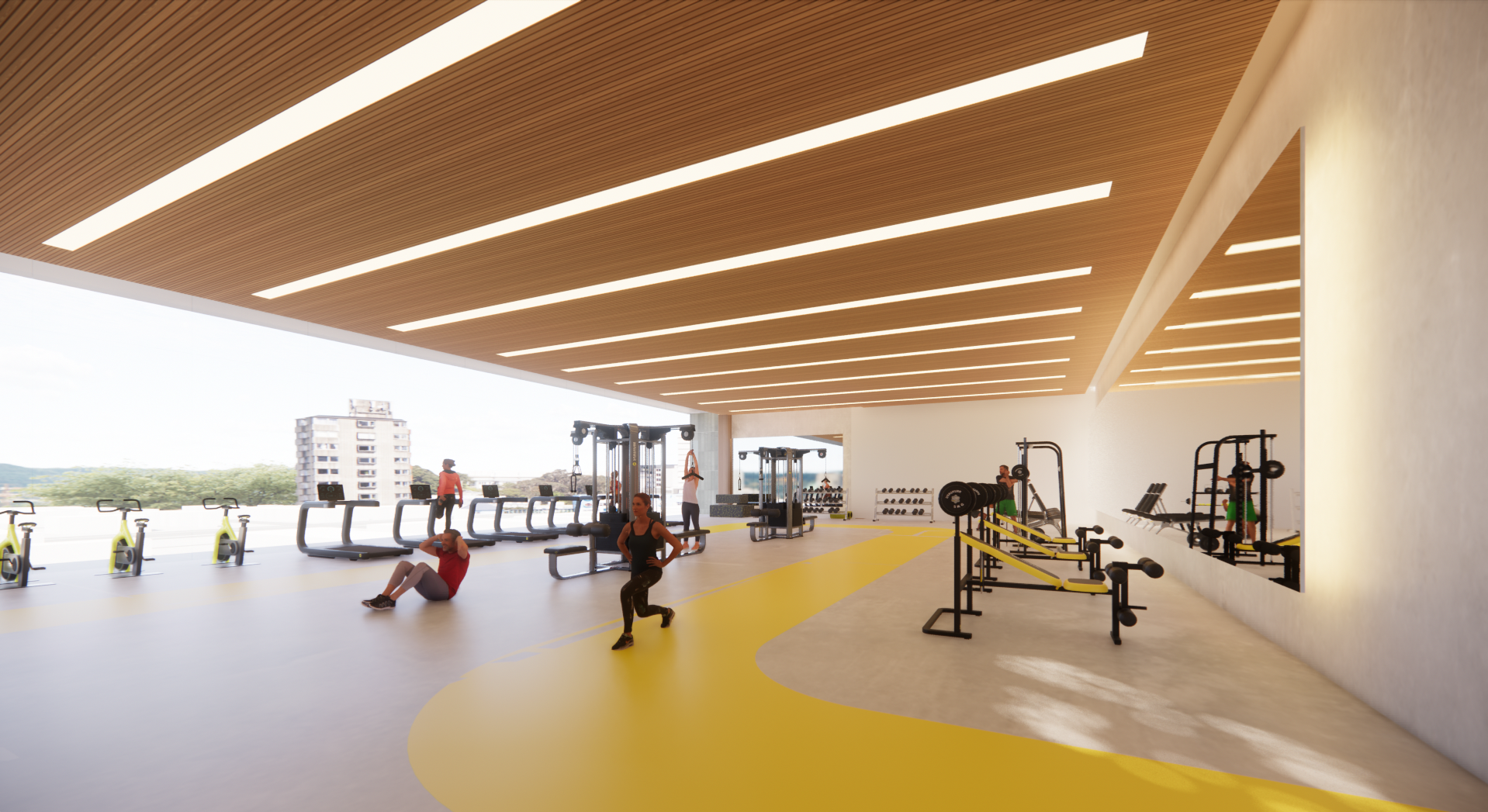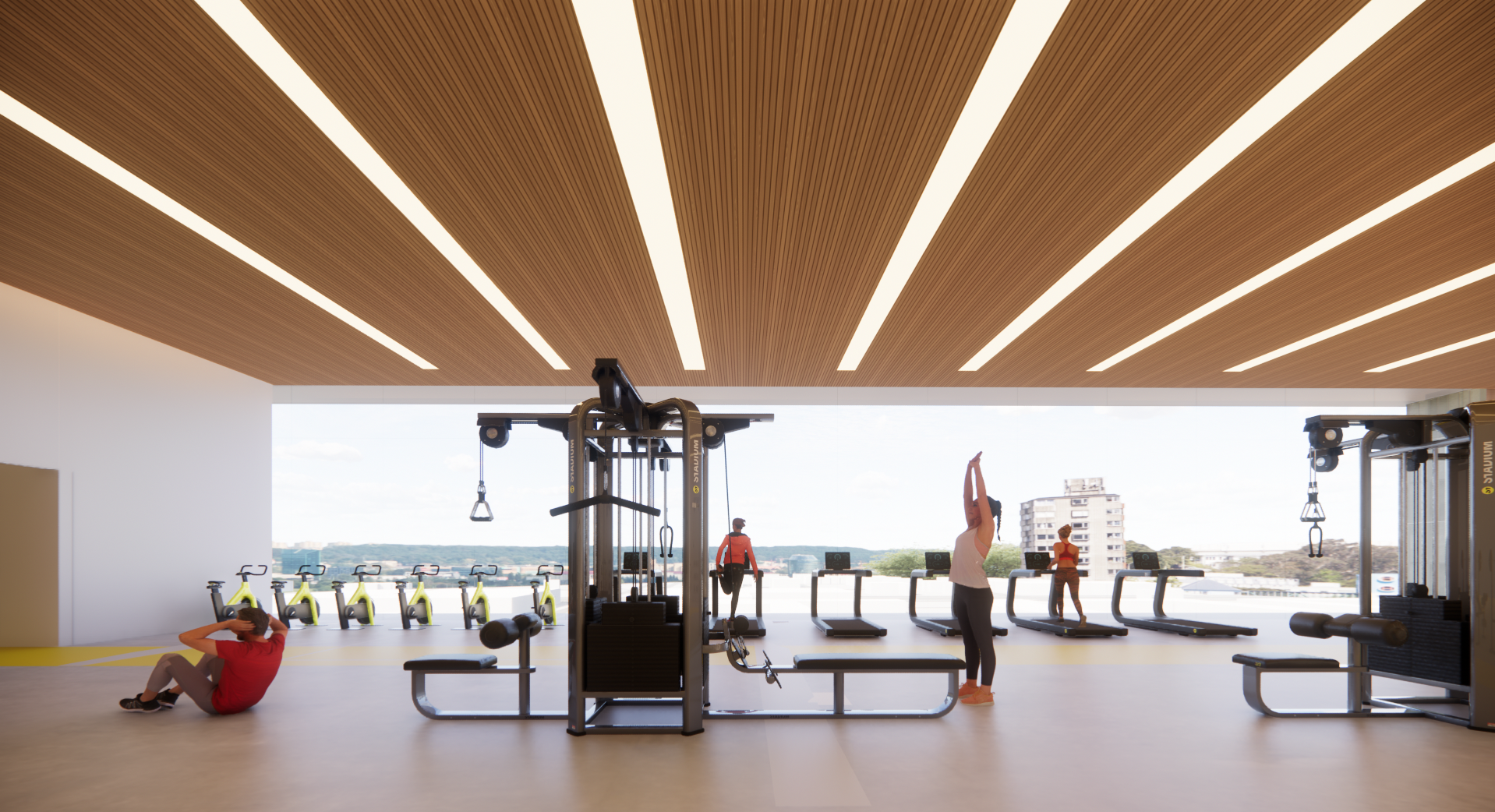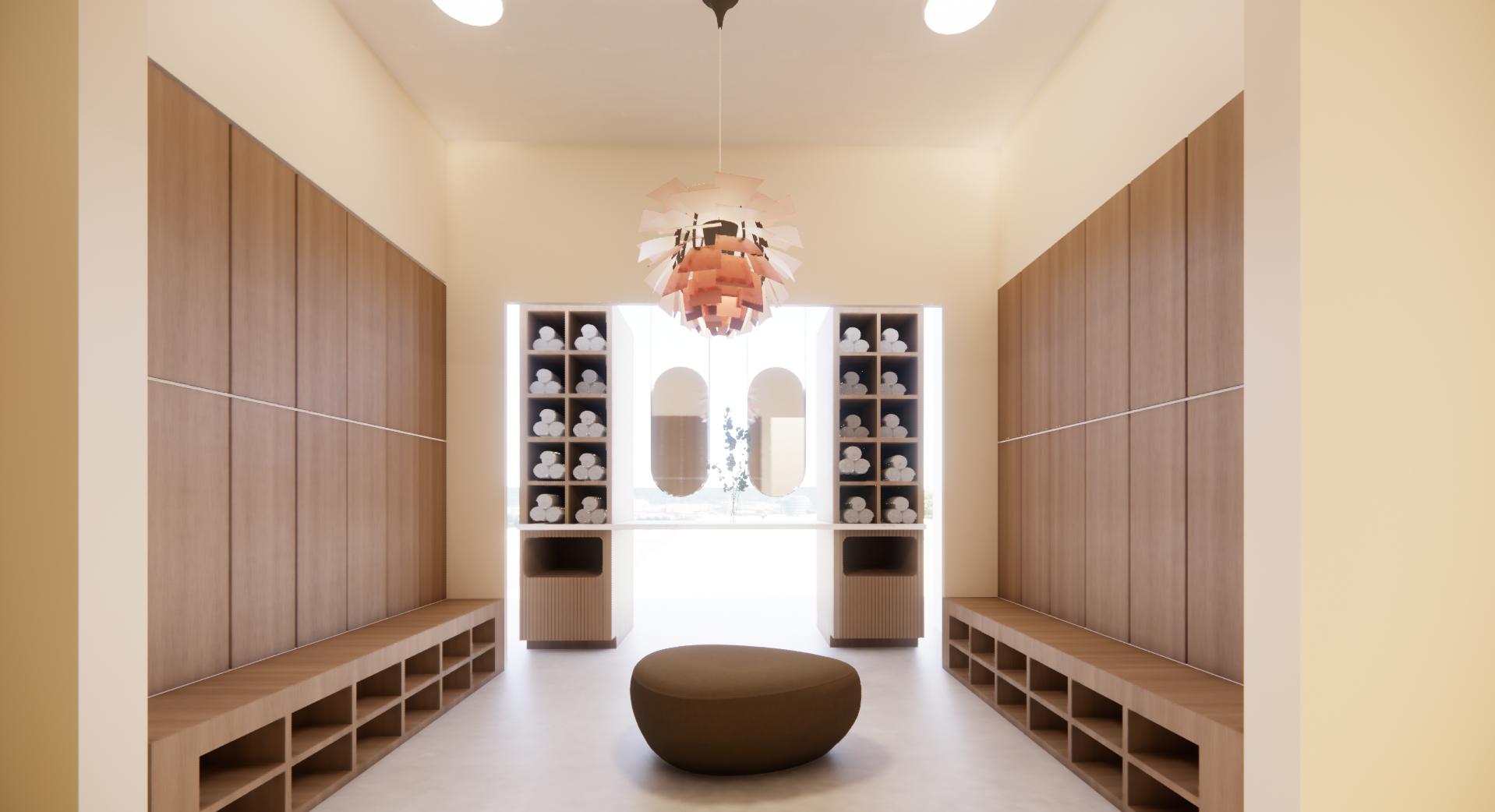TYPE: MIXED-USE, OFFICE SPACE

What is the relationship between community, culture, and our environment and how do they affect our emotions and behavior?
Thesis Statement
Work is an integral part of our lives and has a lasting impact on our mental health, performance, and quality of life. Job unhappiness is at an all-time high and subsequently, many employees are left dissatisfied and disengaged at work. Thus, the experience of work is essential in creating mentally healthy workplace environments. By incorporating culture, community, nature, and health and well-being design methodologies, workspaces can support the needs of employees to become happier, healthier, and more productive.
Concept Statement
Programmatically, the building will cater to both conventional workspaces and informal areas conducive to collaboration and interaction. Incorporating public amenities will further bolster social cohesion and support local businesses, thereby seamlessly integrating the building into the fabric of the community and urban landscape. Emphasis on outdoor green spaces and ample daylighting aims to promote movement, foster social interactions, and elevate occupants' health and well-being. To embrace active design principles, monumental stairs will be positioned at the heart of the building, not only facilitating movement but also serving as aesthetically pleasing focal points, creating a seamless relationship between form and function.
Envisioned as a utopian space where work-life balance is seamlessly achieved, this mixed-use building combines office spaces with a diverse array of amenities aimed at enhancing mental and physical well-being. From the restaurant serving nourishing meals to the outdoor greenspaces providing opportunities for relaxation and community bonding, every aspect is curated to foster equilibrium. By integrating office spaces with amenities like a gym, cafe, and outdoor greenspaces, it creates a holistic ecosystem that nurtures the physical, mental, and social well-being of its occupants.
The programmatic blend of spaces offers a serene refuge where employees can thrive both personally and professionally, surrounded by nature, community, and opportunities for self-care.
Focus Area
WELL is an internationally recognized building standard adopted by architects and designers driven by the principles of building for wellness. The WELL Building Standard is the leading certification tool for assessing health and well-being in buildings and a highly industry-recognized mark of excellence for healthy buildings. Its core values are creating healthy buildings to support people’s well-being and quality of life. Using evidence-based, scientific research, they have established a system to measure, certify, and monitor performance standards and building features that impact health and wellness.
As a WELL AP, my knowledge of these standards was the driving force in achieving wellness in the redesign of the building. Using the WELL Building Standard as a guide during the design process of KIN, the design enhances the existing space into a holistic environment that supports the physical, psychological, and social needs of its occupants and serves as a fortifying hub in the community.
Exterior Courtyard
Restaurant
Cafe & Market
Circulation
Daycare Service
Break Room
Wellness Space
Commons Area
Workroom
Focus Pods
Balcony
Waiting Area
Board Room
Rooftop Patio
Gym


